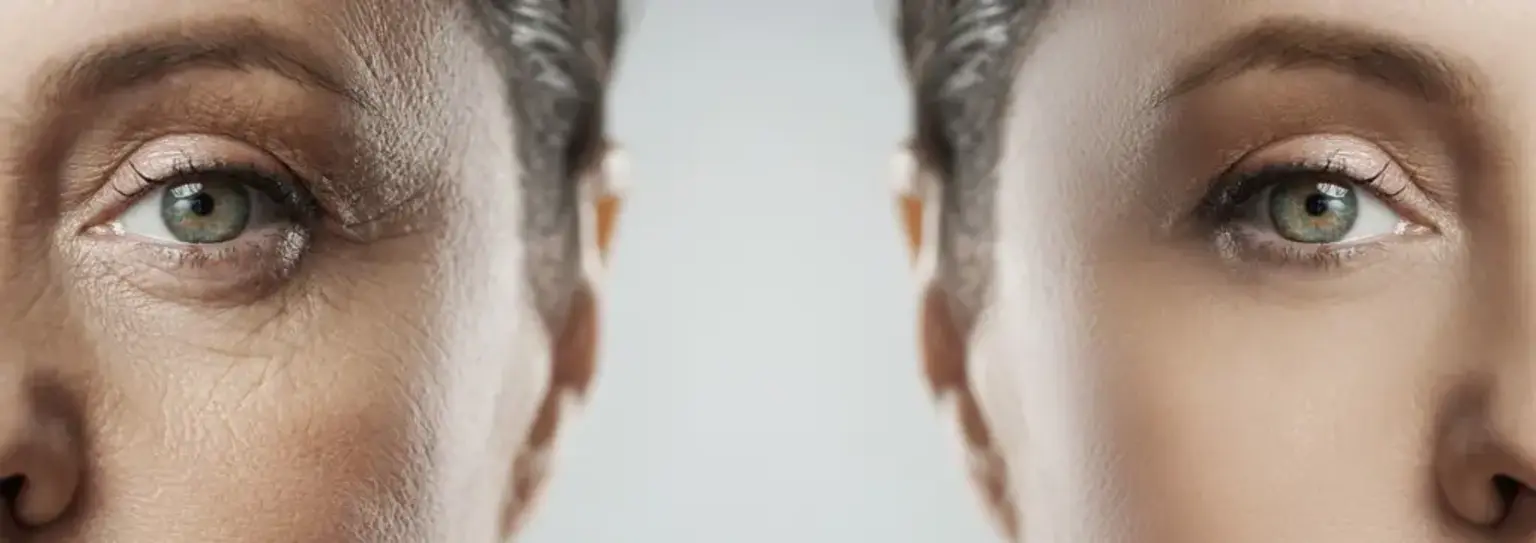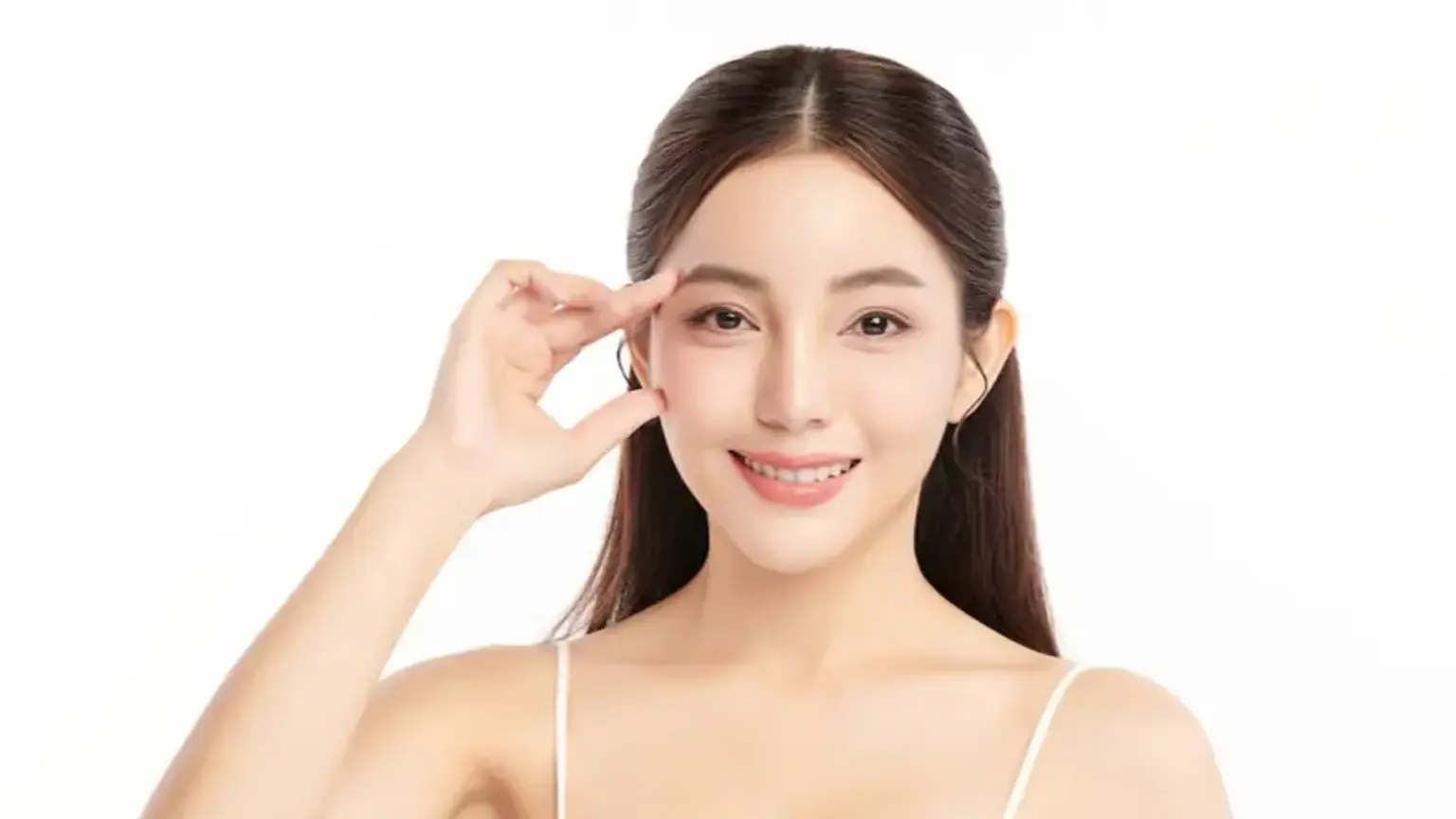Introduction
In recent years, South Korea has emerged as a global leader in cosmetic surgery, renowned for its cutting-edge techniques and innovative procedures. Central to this phenomenon are the pervasive beauty standards that influence everything from societal perceptions to individual choices. This article explores the intricate relationship between Korean beauty ideals and the ever-evolving trends in plastic surgery, offering insight into the cultural, technological, and psychological factors that shape this industry.
Historical Evolution of Korean Beauty Standards
Traditional Ideals of Beauty
In Korea's historical past, beauty was closely tied to naturalness and simplicity. The Joseon Dynasty valued pale, clear skin as a symbol of purity and noble status, while symmetrical facial features reflected harmony and balance.
Transition to Modern Beauty Standards
The influence of globalization and Western media in the late 20th century began reshaping Korean beauty norms. The ideal of pale skin persisted, but there was a growing preference for larger eyes, sharper noses, and slender jawlines, aligning with Western aesthetics.

